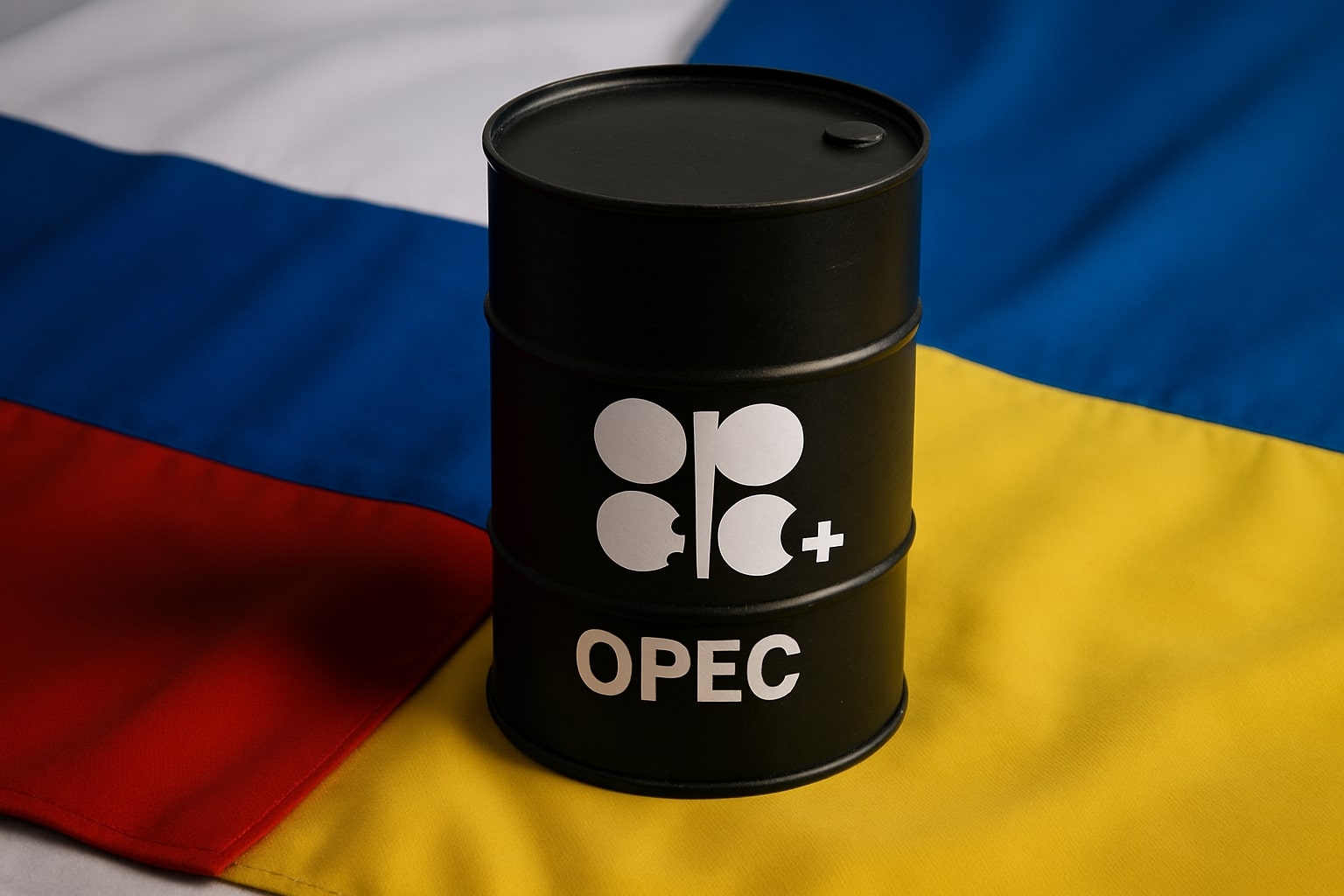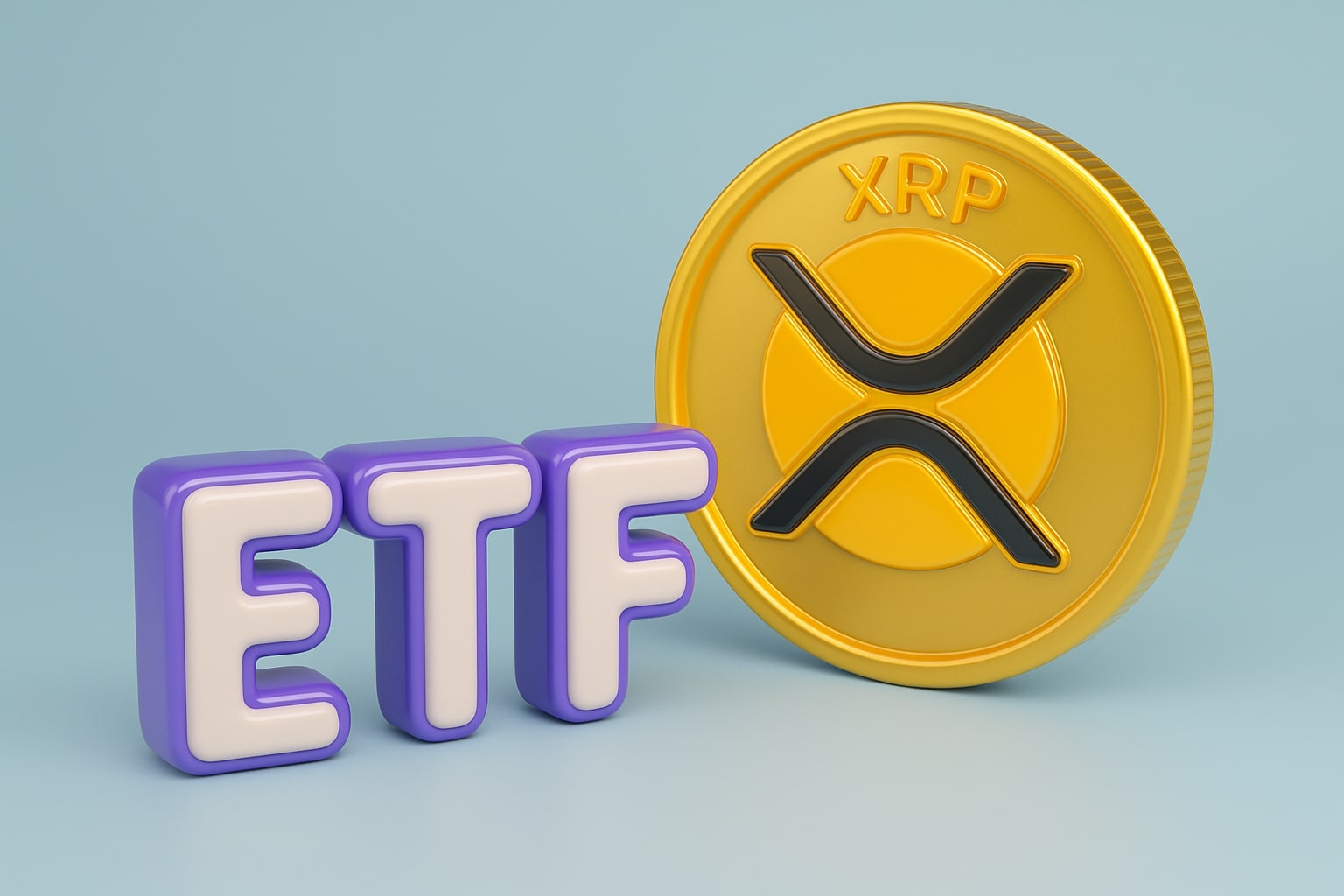
Oil Prices Slide as WTI Struggles at $62 and Brent Clings to $65 Support
Oversupply from U.S., Russia, and OPEC+ pressures crude while geopolitical shifts, refinery outages, and changing trade flows limit upside momentum | That's TradingNEWS
Oil Market Outlook: WTI (CL=F) and Brent (BZ=F) Prices Under Pressure Amid Supply Glut and Geopolitical Realignments
WTI (CL=F) Struggles to Hold $62 as Supply Outpaces Demand
West Texas Intermediate futures (CL=F) are trading near $62.37 per barrel, down 1.66% on the day, as the market continues to absorb an overwhelming stream of supply from the United States, Russia, and OPEC+. The $62 handle is proving fragile, with traders watching the $60 psychological level as the next critical support. Monday’s session formed a hammer candle, hinting at intraday dip-buying, but the follow-through was weak, reflecting how oversupplied the market remains. A breakdown below $60 could trigger a broader liquidation, particularly as net-long speculative positions on Nymex have already fallen sharply, leaving little buffer to absorb additional selling.
Brent (BZ=F) Price Forecast as $65 Support Weakens
Brent futures (BZ=F) have been clinging to $65.85 per barrel, slipping 1.13% and edging toward the $65 floor. Market technicians note that if Brent fails to hold this support, downside toward $62.50 opens up, while any attempt to reclaim $67.50 will meet heavy resistance given the soft demand backdrop. European refiners are increasingly reliant on long-haul cargoes from Asia and the U.S., while Chinese refiners have begun exporting surplus diesel as domestic demand falters. The combination of rising product exports and lukewarm crude demand caps Brent’s upside, with prompt spreads signaling a weaker backwardation structure compared to earlier this summer.
Russian Supply Risks Clash With Peace Negotiations
The geopolitical backdrop is both suppressing volatility and limiting upside. Peace talks between Russia and Ukraine have fostered expectations that more Russian crude could return to global markets, reducing fears of supply disruption. Yet, the on-the-ground reality remains volatile. Drone strikes by Ukraine on Russia’s Volgograd and Syzran refineries have temporarily halted refining capacity, forcing Moscow to redirect more crude into export channels rather than domestic processing. The Druzhba pipeline strike, which supplies Hungary and Slovakia with some 210,000 barrels per day, underscores the fragility of infrastructure. These events inject short-term support into oil prices, yet the broader narrative is that sanctions are unlikely to tighten further, keeping Russian flows resilient at discounted prices.
China Absorbs Russian Urals as India Retreats
China has sharply increased purchases of Russian Urals crude, with imports in August estimated at 75,000 barrels per day, nearly double the year-to-date average of 40,000 bpd. The pivot comes as India slashes its Urals intake to 400,000 bpd, down from over 1 million earlier this year, under intensifying U.S. diplomatic pressure. While China has opportunistically taken additional cargoes, analysts caution it cannot fully replace India’s lost demand, given logistical constraints and refinery economics. This shift in trade flows highlights the delicate balance: discounted Russian barrels are keeping global prices anchored, but reliance on fewer buyers raises vulnerability if Chinese demand falters.
OPEC+ Production Strategy and Market Imbalance
The OPEC basket is priced at $68.64 per barrel, slightly higher on the day, reflecting the group’s strategy of selective restraint. Yet the opaque nature of which barrels are being exported and which are retained for domestic refining complicates analysis. Saudi Arabia’s decision to hike September-loading formula prices for Asian buyers has nudged refiners toward cheaper alternatives, including Russian and U.S. crude. Mars U.S. crude, for instance, trades at $71.56, pressured by ample Gulf Coast supply, while Louisiana Light fetches $65.53, broadly in line with Brent benchmarks. The time spreads between Brent and WTI continue to indicate tighter prompt availability, suggesting refiners prefer shorter-haul cargoes even as global stockpiles swell.
Refining Disruptions and Product Market Signals
BP’s Whiting refinery in the U.S. Midwest was hit by storm flooding, adding another wrinkle to product supply. Gasoline futures are holding near $2.09 per gallon, only modestly lower, as summer driving demand provides a seasonal floor. In contrast, natural gas at $2.77 per MMBtu has plunged over 4%, reflecting oversupply. Refinery disruptions in Russia and the U.S. could tighten regional markets, but globally, China’s refined product exports — which hit a 13-month high of 5.34 million tonnes in July — are reinforcing bearish signals for crude demand.
Brazil, Indonesia, and Emerging Market Refining Dynamics
Petrobras is weighing a change in Brazil’s reference oil price that could increase royalties and taxes, potentially dampening the economics of its post-salt fields. The firm’s Búzios field Almirante Tamandaré FPSO is ramping toward 250,000 bpd, underscoring Brazil’s contribution to non-OPEC supply growth. Indonesia, meanwhile, is negotiating an $8 billion deal with KBR Inc. (NYSE:KBR) to construct 17 modular refineries aimed at processing U.S. crude under a broader trade pact that lowered U.S. tariffs on Indonesian products to 19% from 32%. While the plan reflects geopolitical realignment, analysts warn modular refineries face efficiency limits and may not absorb sustained U.S. export volumes.
Market Sentiment and Technical Outlook
Despite ample supply, speculative positioning suggests the market is cautious about pressing shorts too aggressively. WTI’s RSI near 40 shows bearish momentum but also signals the potential for oversold bounces. Brent’s RSI closer to 45 confirms consolidation, with $65 as the battleground level. Commercial players appear to be quietly accumulating on weakness, even as managed money reduces exposure. Historical patterns suggest that sustained dips below $60 for WTI are rare without a demand crisis, while Brent below $62.50 would trigger OPEC+ intervention.
Strategic View: Oil Price Positioning for Investors
The market remains torn between a flood of supply and the risk of geopolitical surprises. On one hand, U.S. output, OPEC+ adjustments, and resilient Russian exports keep inventories comfortable, driving WTI to $62 and Brent to $66. On the other, the pace of drone strikes, refinery outages, and shifting trade patterns ensure downside is cushioned. For traders, the $60 mark on WTI and $65 on Brent are pivotal levels. Holding above them favors range-bound consolidation, but failure risks deeper slides. From an investment stance, the bearish momentum dominates near-term, suggesting oil remains a hold-to-cautious-sell until supply conditions tighten or demand improves.
That's TradingNEWS
Read More
-
PFFA ETF Nears $21.50 as Rate Cuts and 9.49% Yield Spark Renewed Demand
29.11.2025 · TradingNEWS ArchiveStocks
-
XRPI and XRPR ETFs Ignite Ripple’s Institutional Rally as Inflows Near $1B and XRP Holds $2.20
29.11.2025 · TradingNEWS ArchiveCrypto
-
Natural Gas Price Forecast - NG=F Blasts to $4.85 as Demand Surge Fuel Multi-Month Breakout
29.11.2025 · TradingNEWS ArchiveCommodities
-
USD/JPY Price Forecast - Yen to Dollar Slides to 156.10 as Yen Strengthens on Fed Cut Expectations
29.11.2025 · TradingNEWS ArchiveForex



















